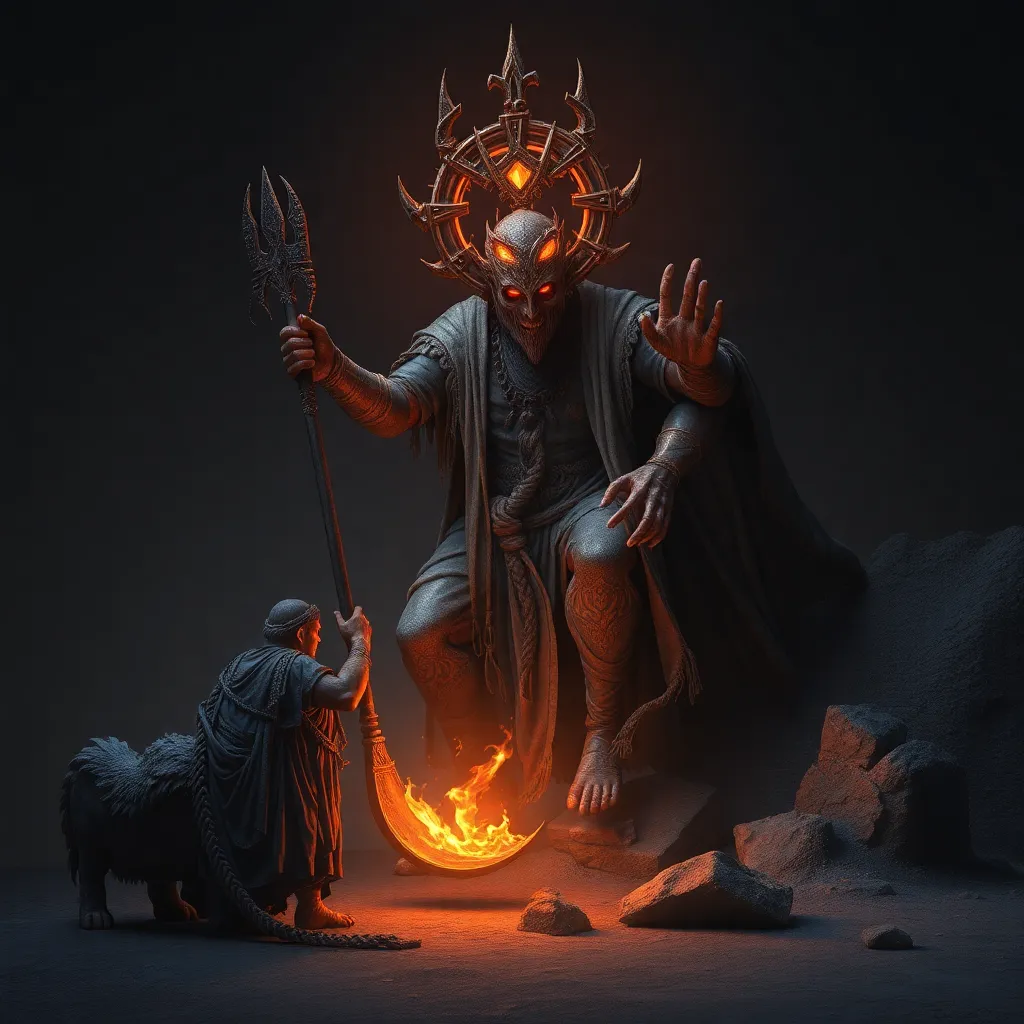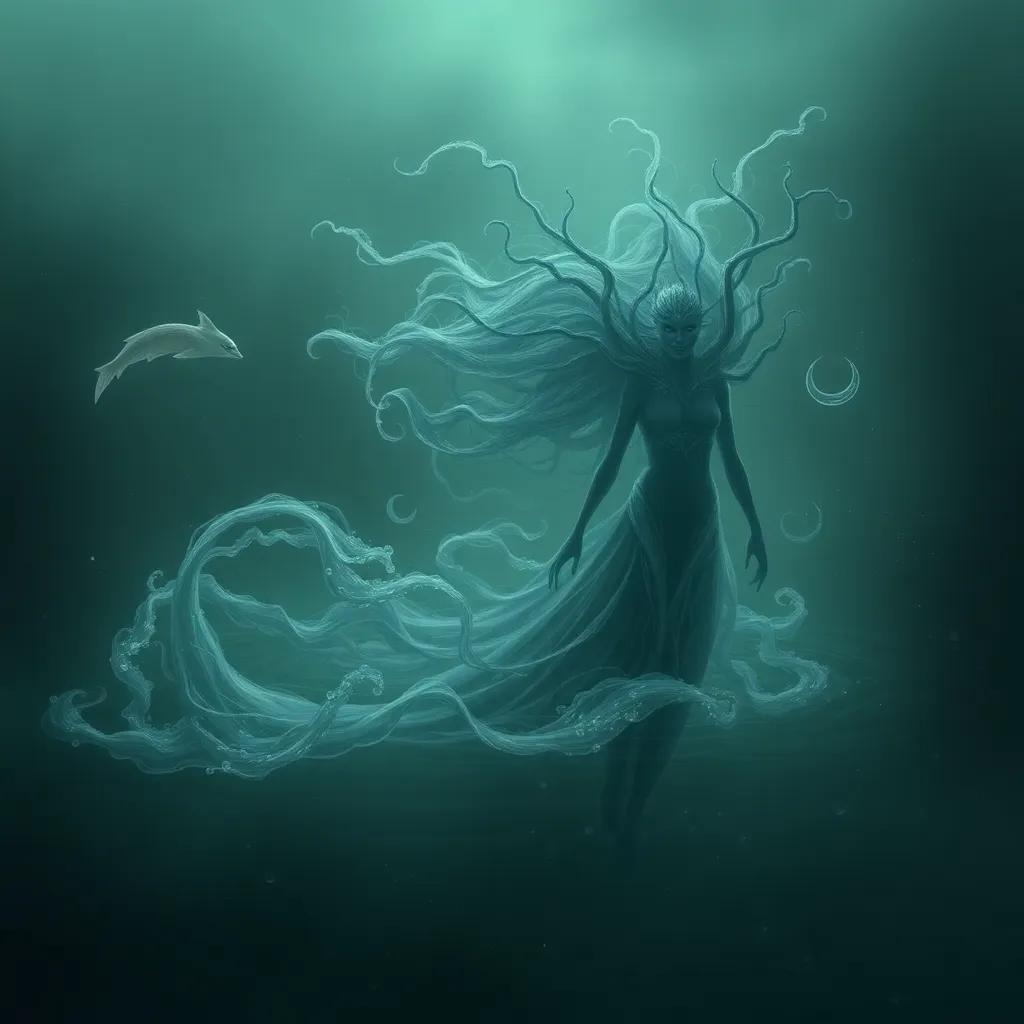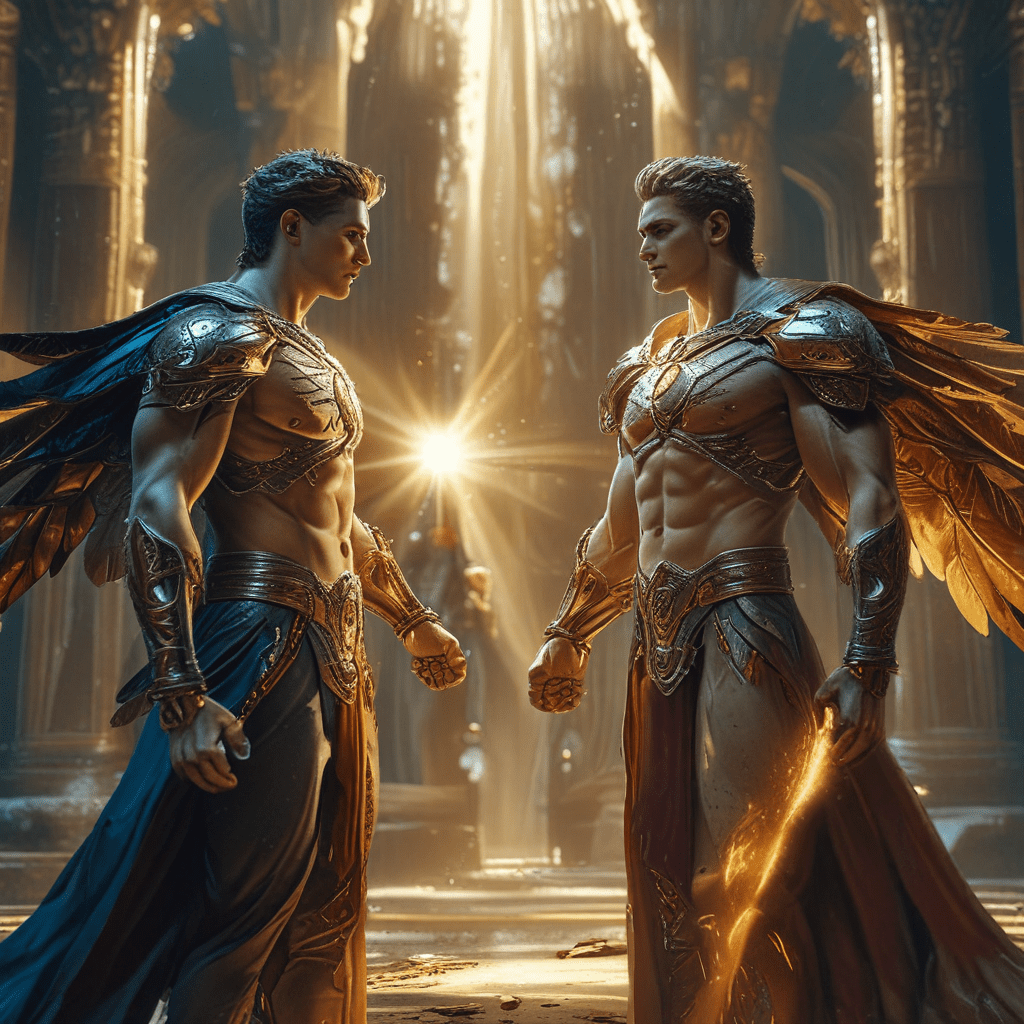The Devourer of Souls in Mesopotamian Folklore: Níðhöggr’s Role in the Afterlife
I. Introduction
Mesopotamian folklore is a rich tapestry of myths, legends, and beliefs that shaped the cultural and spiritual landscape of ancient civilizations such as the Sumerians, Akkadians, Babylonians, and Assyrians. These stories not only served as entertainment but also as moral teachings and explanations for natural phenomena, societal norms, and the mysteries of life and death.
Among the myriad of mythological figures, Níðhöggr emerges as a significant entity, often associated with the darker aspects of the afterlife. Traditionally depicted as a dragon or serpent, Níðhöggr is intertwined with concepts of death, decay, and the fate of souls after their mortal existence.
This article aims to explore the origins, characteristics, and cultural significance of Níðhöggr within the context of Mesopotamian beliefs about the afterlife. By delving into its mythology, symbolism, and artistic representations, we will gain a deeper understanding of this formidable figure and its role in ancient Mesopotamian culture.
II. Understanding Níðhöggr: Origins and Characteristics
A. Etymology and meaning of the name Níðhöggr
The name Níðhöggr is believed to be derived from Old Norse, where “níð” refers to “malice” or “sorrow,” and “höggr” means “striker” or “attacker.” This etymology reflects the dragon’s nature as a devourer of souls and a creature associated with vengeance.
B. Description of Níðhöggr’s physical attributes and symbolism
Níðhöggr is often depicted as a colossal serpent or dragon, with scales that symbolize the decay of flesh. Its gnawing on the roots of Yggdrasil, the World Tree, serves as a powerful metaphor for death and the cycle of life. In Mesopotamian context, it represents the inevitability of fate and the consequences of one’s actions in life.
C. Comparison with other mythological creatures in Mesopotamian lore
- Gulgul: A monstrous entity that also devours souls, often associated with punishment in the afterlife.
- Lamassu: A protective deity with a human head and the body of a lion or bull, contrasting Níðhöggr’s ominous nature.
- Ishtar: The goddess of love and war, whose role in the afterlife includes the judgment of souls, differing from Níðhöggr’s predatory essence.
III. Níðhöggr in Mesopotamian Mythology
A. Níðhöggr’s role in the creation myths
Níðhöggr plays a pivotal role in the creation myths of Mesopotamia, often associated with the chaos that precedes creation. It embodies the destructive forces that must be overcome for new life to emerge, illustrating the duality of existence.
B. Connections to the underworld and the afterlife
Níðhöggr is frequently linked to the underworld, serving as a guardian of the threshold between life and death. In Mesopotamian beliefs, the underworld is a place of darkness where souls must confront their past, and Níðhöggr symbolizes the trials they must face.
C. Níðhöggr’s interactions with gods and mortals
Throughout various myths, Níðhöggr interacts with gods and mortals, often serving as an adversary to heroes who seek to traverse the realms of the dead. These encounters highlight the constant struggle between life and death, creation and destruction.
IV. The Concept of the Afterlife in Mesopotamian Beliefs
A. Overview of Mesopotamian views on death and the afterlife
In ancient Mesopotamian culture, death was seen as a transition rather than an end. The afterlife was often depicted as a shadowy existence where souls faced judgment based on their earthly deeds. The fate of the soul could vary, with some achieving a peaceful rest while others faced torment.
B. The significance of the afterlife in ancient Mesopotamian society
The afterlife held great importance in Mesopotamian society, influencing burial practices, religious rituals, and societal norms. People sought to ensure a favorable afterlife through offerings, prayers, and moral living, reflecting their deep-seated beliefs about justice and redemption.
C. How Níðhöggr fits into the broader context of afterlife beliefs
Níðhöggr’s role as a devourer of souls emphasizes the consequences of one’s actions in life. It serves as a reminder of the potential for suffering and the moral implications of one’s choices, thus reinforcing the necessity of virtuous living.
V. Níðhöggr as the Devourer of Souls
A. Exploration of the symbolism of devouring souls
The act of devouring souls by Níðhöggr symbolizes the inescapable nature of death and the ultimate fate that awaits all mortals. It serves as a powerful allegory for the consumption of one’s life force and the inevitability of decay.
B. The moral implications of Níðhöggr’s actions in the afterlife
Níðhöggr’s role in the afterlife is not merely punitive; it also reflects the moral framework of Mesopotamian society. The creature embodies the consequences of sin and the idea that one must confront their misdeeds, often through suffering before achieving redemption.
C. Cultural interpretations of suffering and redemption
The cultural narratives surrounding Níðhöggr highlight the complexities of suffering and redemption within Mesopotamian folklore. Many stories depict a journey through darkness that ultimately leads to enlightenment, emphasizing the transformative power of facing one’s fears.
VI. Artistic and Literary Representations of Níðhöggr
A. Depictions of Níðhöggr in ancient manuscripts and artifacts
Ancient Mesopotamian artifacts and manuscripts often feature Níðhöggr as a central figure, illustrating its importance in both art and literature. These depictions provide insight into the fears and beliefs of the people, showcasing their understanding of the afterlife.
B. Influence of Níðhöggr on later literature and folklore
Níðhöggr’s legacy extends beyond Mesopotamian mythology, influencing various literary works and folklore across cultures. Its archetype as the devourer of souls resonates with other mythological figures, showcasing the universal themes of death and morality.
C. Modern interpretations and adaptations of Níðhöggr’s myth
In contemporary literature and media, Níðhöggr continues to inspire adaptations and reinterpretations. It is often portrayed as a complex character, embodying both the terror of death and the potential for redemption, reflecting modern sensibilities.
VII. Comparative Analysis: Níðhöggr and Other Mythological Figures
A. Similarities and differences with other soul-devouring entities in global folklore
Across various cultures, there are numerous entities similar to Níðhöggr, such as:
- Charybdis: The sea monster from Greek mythology that swallows sailors, highlighting the theme of inevitable death.
- Yama: The Hindu god of death who judges souls, contrasting Níðhöggr’s purely predatory nature.
- Azazel: A figure in Jewish mythology often associated with the scapegoat and sin, representing moral decay.
B. Níðhöggr’s place within the pantheon of Mesopotamian mythology
Níðhöggr occupies a unique position within Mesopotamian mythology, often viewed as a necessary counterpart to the benevolent deities. Its existence underscores the dual nature of the universe, where creation and destruction coexist harmoniously.
C. The impact of regional beliefs on the portrayal of Níðhöggr
The portrayal of Níðhöggr is influenced by regional beliefs and practices, reflecting the diverse perspectives on death and the afterlife found within ancient Mesopotamian cultures. Variations in stories and attributes reveal local customs and societal values.
VIII. Conclusion</h



